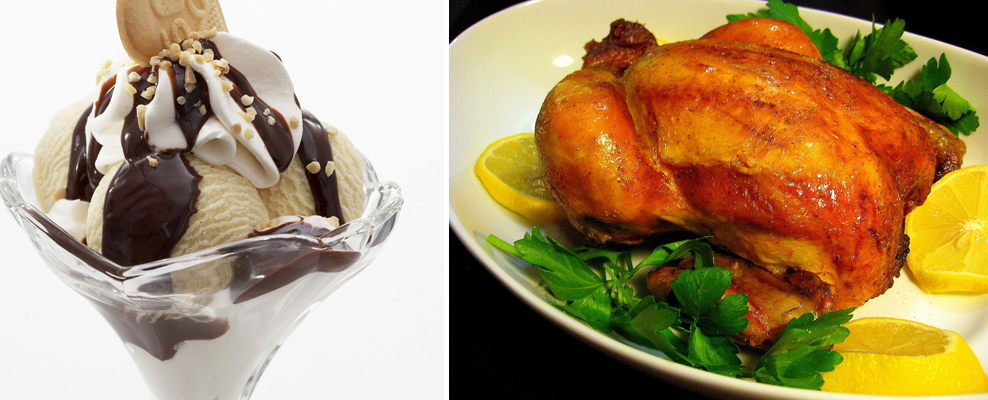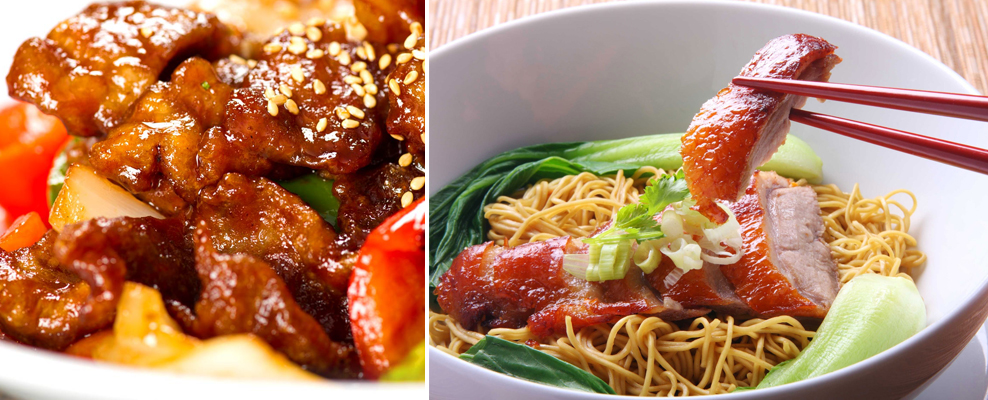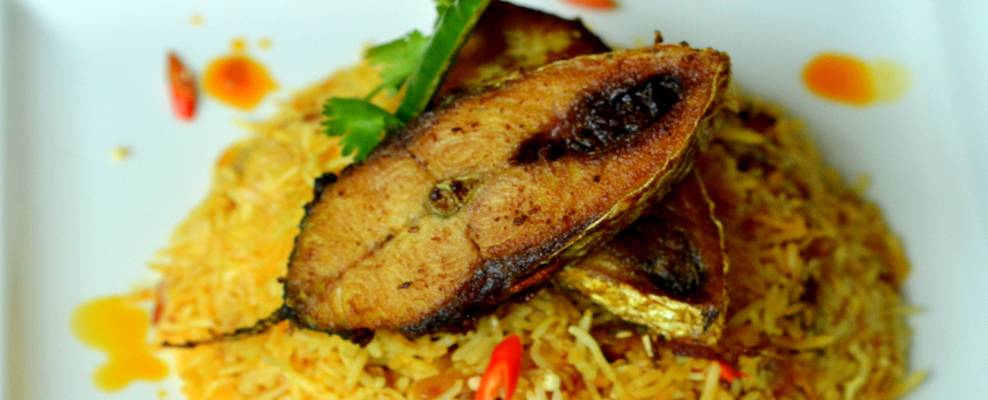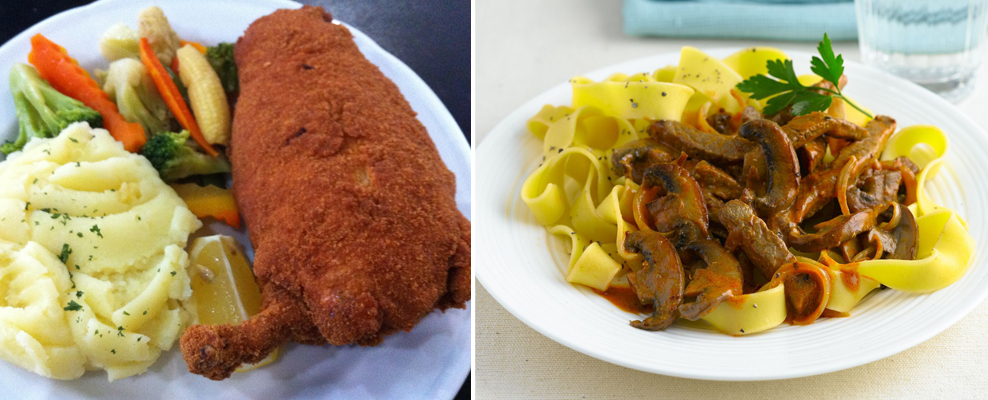The decade of the 1940s was a rather interesting stage in the evolution of tastes in Kolkata. In a manner of speaking, it was a kind of culmination of the food-happenings in the city from the beginnings in the 19th century. The city was, by then, justifiably famous for its food – in its iconic hotels/ in a variety of restaurants/ in its clubs, and its street food. Even though it was no longer the capital of India, it definitely was the country’s Food Capital. In the matter of eating-out, Delhi – the actual capital – was like a ‘village’ and Calcutta was far ahead of Bombay too. Its food-fame had spread all over. A further boost was later provided by the American and Allied servicemen stationed in Calcutta or passing through the city during the Second World War, singing the praises of Calcutta’s gastronomic delights.
Let us take a short walk through the ‘Food World’ of Calcutta in the 1940s.
In general, hotel food outlets scored over restaurants. The top dining experiences in Calcutta were at The Great Eastern and The Grand. “You asked what the Great Eastern Hotel was like….it was the ultimate place to eat when I was in Calcutta,’ wrote an American serviceman. The (Oberoi) Grand then had – as dining choices – the Dining Room, the Winter Garden, the Palm Court, Prince’s and the Casanova Restaurant. The food was good with the added attraction of dances, music and cabarets. Even though The Grand and the Great Eastern were hugely popular, they were considered ‘expensive’ and catered to the Indian elite and the officer-class servicemen. Other popular – and less expensive – hotels included: Continental Hotel, Spence’s Hotel, Ritz Hotel, Bristol Hotel, Central Hotel, Majestic Hotel, Broadway Hotel, Avenue Hotel and Hotel Royal. Most of these were in the Dalhousie − Esplanade − Chowringhee area. Some of them still exist, perhaps in much scaled-down versions. Along with these ‘European’ hotels, there were also some popular ‘Indian’ hotels like: Amjudia Hotel in Zakaria Street, Calcutta Hotel and Restaurant in Bow Bazar Street, Central Hindu Hotel on Chittaranjan Avenue, New Tajmahal Hotel on Upper Circular Road, Punjab Hindu Hotel on Harrison Street and Sealdah Hindu Hotel and Restaurant on Lower Circular Road.

In the restaurant-field, Firpo on Chowringhee was the undisputed king, having grown into an icon. Peliti on Government Place East, was now a branch of Firpo. Angelo Firpo, the suave, smart, society-wise person that he was, not only gave Calcutta food of which legends are made of, but was also a very prominent member of the city’s high society. Firpo died in England in 1948 and the restaurant shut down in the 1970s, but Angelo Firpo and his restaurant carved a hallowed place in Calcutta’s Culinary History. Just look at the stars in the eyes of the older generation when they talk of the meals they had at Firpo! One of the best meals I have ever had was a Sunday Lunch in the late 1960s, when the place was already on a deep downward path. The four-course meal had ‘Excellent’ stamped over every dish – Cream of Chicken Soup, Fried Fish and Chips, Roast Chicken with brown gravy and Vanilla Ice Cream with hot chocolate sauce. With a bottle of Kalyani Black Label beer, three cabaret turns and four bands too. The bill was a ‘whopping’ Rs 20! Joyce Taylor, a British army-nurse, wrote in 1944: “Firpo’s ice cream with hot chocolate sauce! It seemed like paradise….”

Even though there were complaints that the food standards in the city had fallen somewhat as compared to the pre-War days, the restaurant scene in the city had come of age. The monopoly of hotels as the best dining places was being challenged. Most upscale restaurants mainly served Western-style food, but other cuisines were also finding space in tickling the taste buds of the city folk. The Calcutta-Mughlai food had its champions in places like Amjudiah, Nizam’s and Chitpore’s Royal Indian Hotel. Chinese places like Nanking, Eau Chew, Chung Wah, Golden Dragon and Chung Sun – near The Statesman office, were quite popular. Nanking and Eau Chew must have had the distinction of being the first Chinese restaurants in India. Nanking is gone as has Chung Sun. Chung Wah and Eau Chew are still there. Vijay’s in Willesden Lane was a popular South Indian food restaurant.
Flury and Trinca – two Swiss gentlemen – had opened their tea room where Flury is there today. Then they split because one of them ran away with the other’s wife, and Mr. Trinca shifted to where Trinca is today. Olympia Café (now ‘Olypub’) was also popular. Park Restaurant was at 55 Park Street, where McDonald is there today. The foundations of Park Street as the food-music hub of the city had been laid.

Other popular restaurants in the city at that time included: Ferrazzini’s, Elphinstone, Empire, Fresco’s, Leferer’s, Bower, Bengal Restaurant, Café de Monico, Café Monte Carlo, Cecil and Windsor Café. Surprise, Surprise! The Sealdah Station Restaurant had such good food and was so popular that you had to make a booking in advance for dinner!
Not to forget the clubs of Calcutta which added a dimension to good food to Calcutta, even if it was restricted to members and member’s guests. Bengal Club, Calcutta Club, Tollygunge Club, Outram Club, Ordnance Club, Dalhousie Club, Grail Club, Calcutta Cricket Club, Calcutta Football Club, Calcutta Swimming Club, Calcutta Light Horse Club, Calcutta Scottish Club, Calcutta Rangers Club, Armenian Club, Nippon Club, Swiss Club, Portuguese Club, Royal Calcutta Turf Club, Royal Calcutta Golf Club, Victoria Club, Picardy Club….the list goes on. All the clubs had their loyalists who swore by the good quality of the club’s food. Calcutta Club – along with The Oberoi Grand – claims to have invented the ‘Smoked Hilsa’.

Special mention has to be made of the 300 Club which came up in a building named ‘Phillips Folly’ on Theater Road. Mr. Allan Lockhart – an esteemed member of the Saturday Club – was hauled over the coals by the club authorities for hosting a dinner in the club for the ladies of a touring theatrical company. Lockhart not only gave a trenchant reply to the Saturday Club, but formed a rival club with all the facilities which Saturday Club did not have. For a start Indians would be admitted. An immediate success, three hundred European and Indian business men became members – hence the name ‘300 Club’. A very colorful Russian, Boris Lissanevich was the inspired choice as a secretary. He was a ballet dancer and an ex-cadet of the Imperial Russian Navy – an adventurer to the core. Not only the secretary, but the chef, the pianist, the violinist – and the cuisine – were Russian. So there was Vodka, Chicken a la Kiev, Boeuf Stroganoff and high jinx. The club flourished in a most rollicking manner during the War-years. It folded up when Boris moved to Nepal.
The decade of 1940s was a benchmark, a foundation for the great taste-making changes in Calcutta of the 1950s/ 1960s. The excellent food in clubs like the Calcutta Club, the Bengal Club and the Tollygunge Club – all contributed to Calcutta’s iconic status as the Food Capital.
